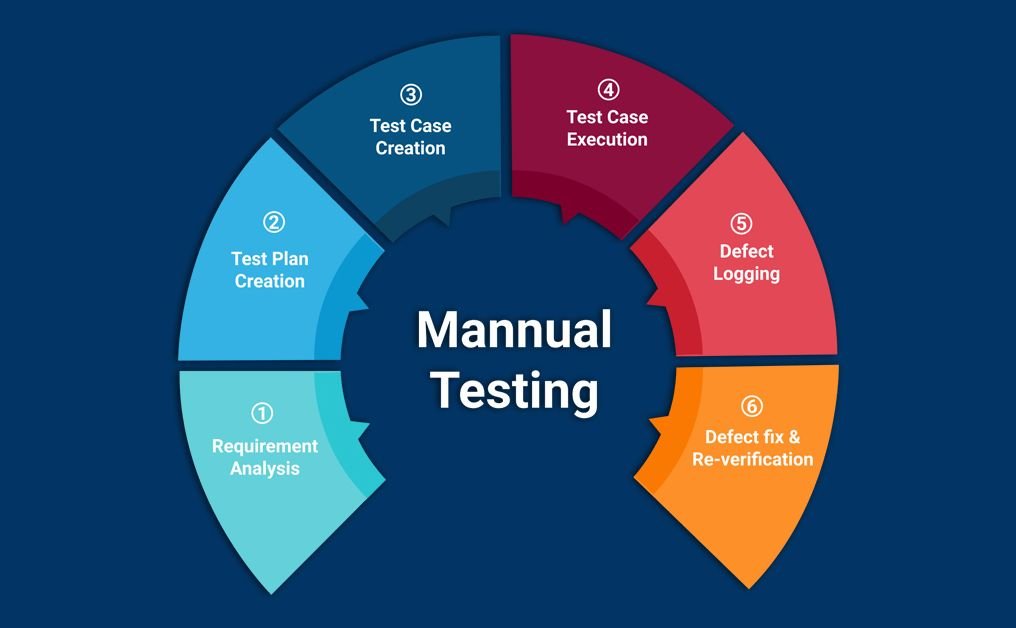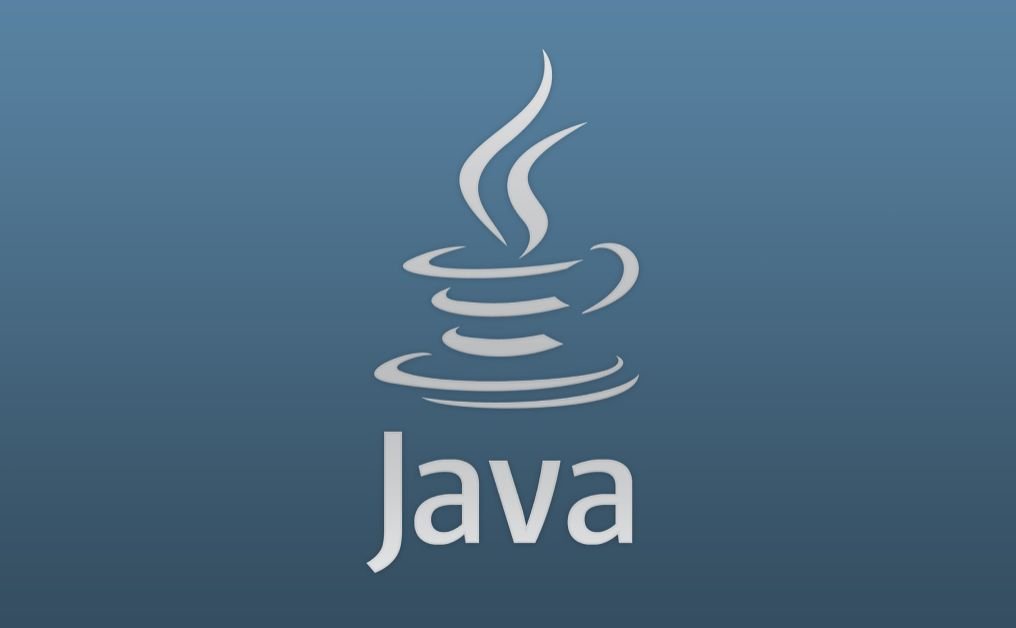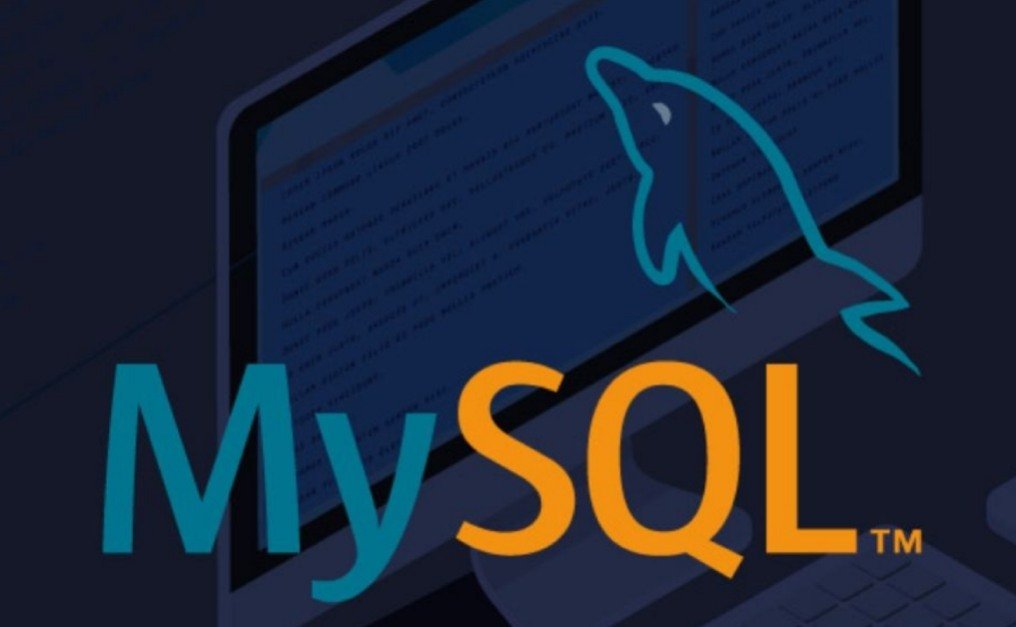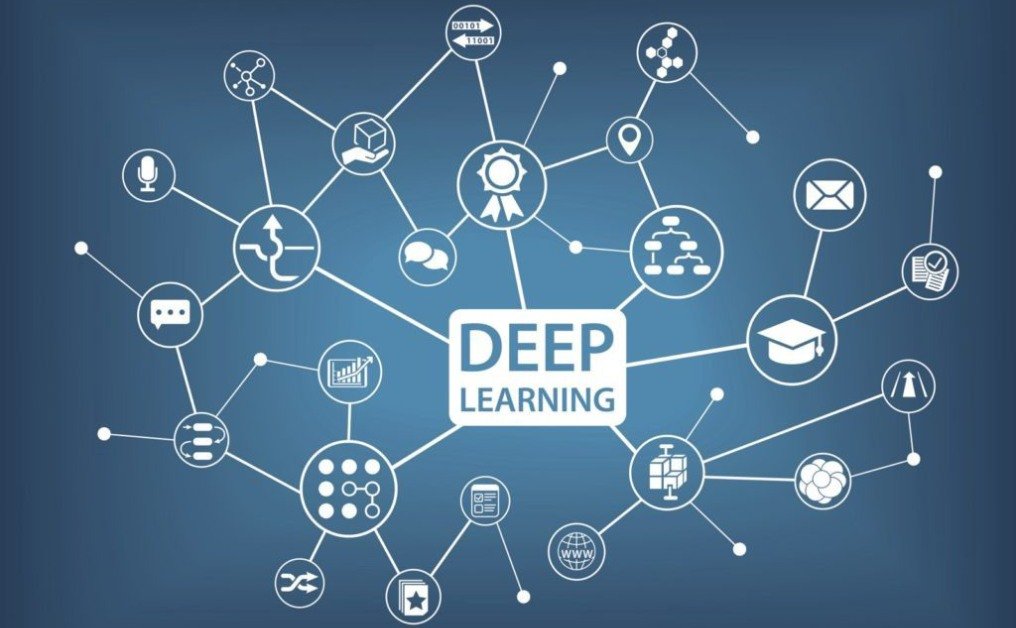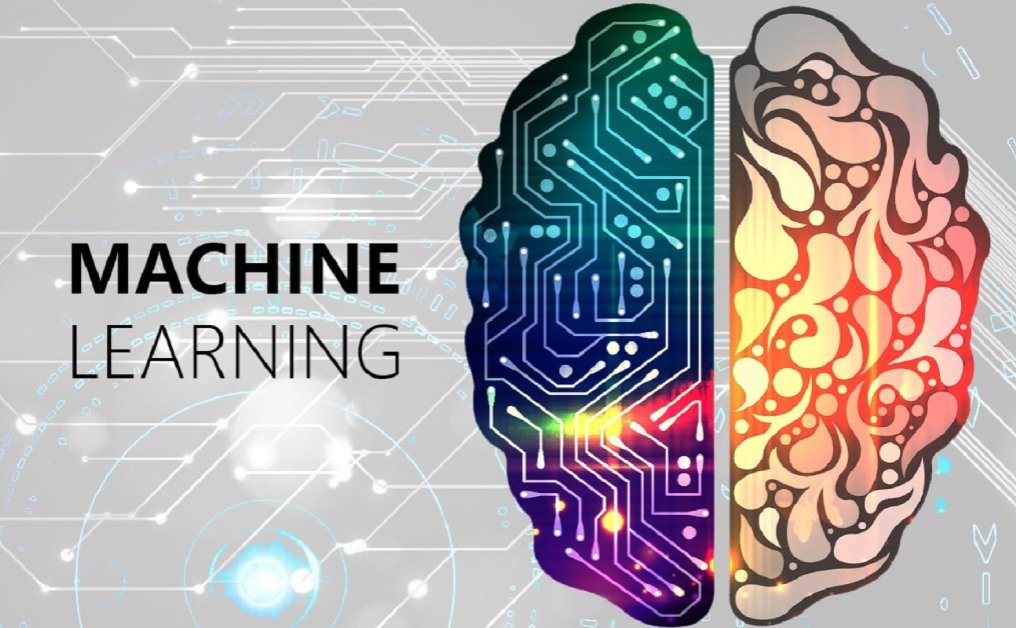
Machine Learning
Machine learning is a rapidly growing field that is revolutionizing the way businesses and organizations operate. By leveraging the power of algorithms and data, machine learning can help improve operations in a variety of ways. Here, we explore the benefits and challenges of machine learning, including automation, increased efficiency and productivity, and reduced costs.
Automation
Machine learning can provide automation capabilities that can reduce the need for manual labor, allowing businesses and organizations to focus their resources on more valuable tasks. This automation can occur in a variety of ways, such as with customer service, marketing campaigns, and product development. Automation can also lead to improved accuracy, faster turnaround times, and fewer errors.
Increased Efficiency and Productivity
Machine learning can help businesses and organizations achieve increased efficiency and productivity by providing insights into data that can help inform decision-making. Machine learning can help uncover patterns and relationships within data that may have previously gone unnoticed, allowing businesses and organizations to gain a better understanding of their operations and make informed decisions.
Reduced Costs
Finally, machine learning can help reduce costs for businesses and organizations. By automating tasks and providing insights into data, machine learning can help reduce the labor costs associated with manual labor and the costs of gathering and analyzing data. Additionally, machine learning can help reduce costs by helping businesses and organizations identify areas of improvement and reducing the need for costly investments. In summary, machine learning can help businesses and organizations achieve automation, increased efficiency and productivity, and reduced costs. While there are many benefits to machine learning, there are also some challenges associated with it, such as the complexity of the algorithms and the cost of implementation. Nonetheless, machine learning is a powerful tool that can help businesses and organizations improve their operations.
About Courses
Machine learning (ML) is the study of computer algorithm that improve automatically through experience and by the use of data. It is a part of artificial intelligence. Machine learning algorithms build a model based on sample data, known as “training data”, in order to make predictions or decisions without being explicitly programmed to do so. Machine learning algorithms are used in a wide variety of applications, such as email filtering and computer vision, where it is difficult or unfeasible to develop conventional algorithms to perform the needed tasks.

Eligible Criteria
Any Degree Holder (B.Sc/BCA/B.E/B.Tech /M.Sc/MCA/M.E/M.Tech…)
Total Hours: 120 Hrs
Enquiry About Certification

Course Syllabus
- Why Python?
- Setup
- Introduction
- Control Structure
- Data Structures
- Functions
- File Handling
- Exception Handling
- Debugging Python
- NumPy
- Matplotlib
- Pandas
- Computational Complexity: an Introduction
- Python with SQL
- Iris dataset
- Scatter-plot: 2D,
- Pair
- PDF, CDF, Univariate
- Mean , Variance, Std-dev
- Median, Percentiles, Quantiles, IQR, MAD and
- Box-plot with whiskers
- Violin
- Summarizing
- Univariate, Bivariate and Multivariate
- Multivariate probability density, contour
- Exercise: Perform EDA on Haberman
- Introduction to Probability and Stats
- Gaussian/Normal Distribution
- Uniform Distribution and random number generators
- Bernoulli and Binomial distribution
- Log-normal and power law distribution:
- Correlation
- Confidence Intervals
- Hypothesis testing
- Why learn it ?
- Fundamentals
- What is dimensionality reduction?
- Data representation and pre-processing
- MNIST dataset (784 dimensional)
- Principal Component
- T-distributed stochastic neighborhood embedding (t-SNE)
- Exploratory Data
- Featurization: convert text to numeric
- Code samples
- Foundations
- K-Nearest Neighbors
- Introduction
- Imbalanced vs balanced
- Multi-class
- k-NN, given a distance or similarity matrix
- Train and test set
- Impact of Outliers
- Local Outlier
- Impact of Scale & Column
- Interpretability
- Feature importance & Forward Feature Selection
- Handling categorical and numerical
- Handling missing values by
- Curse of
- Bias-Variance
- Best and worst cases for an algorithm
- Accuracy
- Confusion matrix, TPR, FPR, FNR, TNR
- Precision & recall, F1-score.
- Receiver Operating Characteristic Curve (ROC) curve and
- Log-loss.
- R-Squared/ Coefficient of
- Median absolute deviation (MAD)
- Distribution of errors.
- Conditional probability.
- Independent vs Mutually exclusive events.
- Bayes Theorem with examples.
- Exercise problems on Bayes Theorem
Naive Bayes algorithm. - Toy example: Train and test stages.
- Naive Bayes on Text data.
- Laplace/Additive Smoothing.
Log-probabilities for numerical stability. - Cases:
- Code example
- Exercise: Apply Naive Bayes to Amazon reviews
- Geometric
- Sigmoid function & Squashing
- Optimization
- Weight
- L2 Regularization: Overfitting and
- L1 regularization and
- Probabilistic Interpretation: Gaussian NaiveBayes
- Loss minimization interpretation
- Hyperparameter search: Grid Search and Random Search
- Column
- Feature importance and model
- Collinearity of
- Train & Run time space and time
- Real world
- Non-linearly separable data & feature
- Code sample: Logistic regression, GridSearchCV, RandomSearchCV
- Exercise: Apply Logistic regression to Amazon reviews
- Extensions to Logistic Regression: Generalized linear models (GLM)
- Linear Regression and OptimizationGeometric
- Mathematical formulation
- Cases
- Code sample
- Solving optimization problems
- Geometric intuition
- Mathematical derivation
- Loss minimization: Hinge Loss
- Dual form of SVM formulation
- Kernel trick
- Polynomial kernel
- RBF-Kernel
- Domain specific Kernels
- Train and run time complexities
- nu-SVM: control errors and support vectors
- SVM Regression
- Cases
- Code Sample
- Exercise: Apply SVM to Amazon reviews dataset
- Geometric Intuition: Axis parallel hyperplanes
- Sample Decision tree
- Overfitting and Underfitting
- Train and Run time complexity
- Regression using Decision Trees
- Cases
- Code Samples
- Exercise: Decision Trees on Amazon reviews dataset
- What are ensembles?
- Bootstrapped Aggregation (Bagging)
- Boosting
- Stacking models
- Cascading classifiers
- Kaggle competitions vs Real world
- Exercise: Apply GBDT and RF to Amazon reviews dataset
- Introduction
- Time-series data
- Image data
- Relational data
- Graph data
- Feature Engineering
- Feature orthogonality
- Domain specific featurization
- Feature slicing
- Kaggle Winners solutions
- What is Clustering?
- Unsupervised learning
- Applications
- Metrics for Clustering
- K-Means
Schedule Enquiry
To schedule your training at your convenient time
Review







